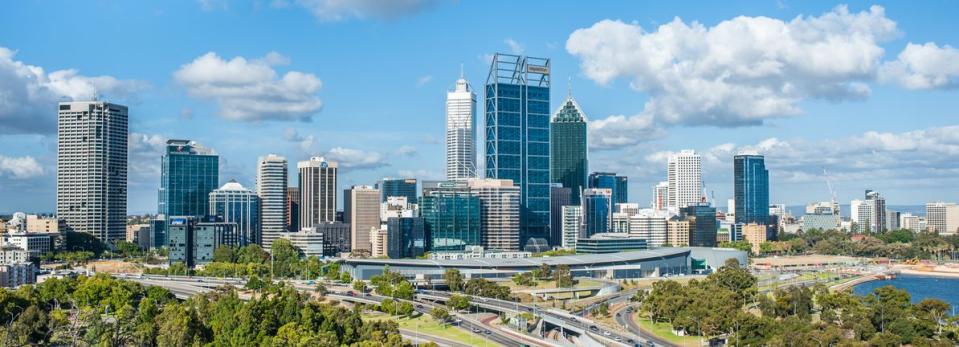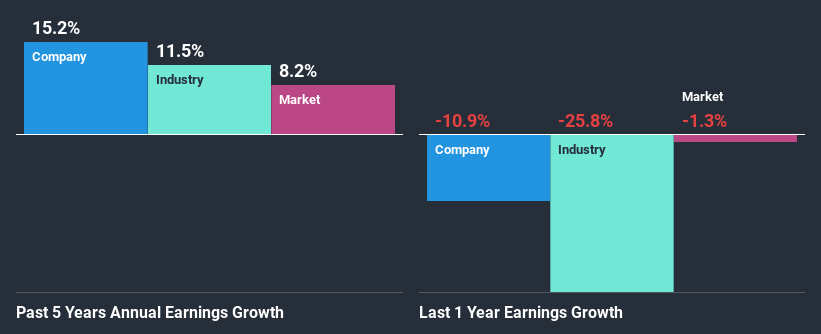Argosy Property Limited's (NZSE:ARG) Stock Is Going Strong: Is the Market Following Fundamentals?

Most readers would already be aware that Argosy Property's (NZSE:ARG) stock increased significantly by 19% over the past three months. Since the market usually pay for a company’s long-term fundamentals, we decided to study the company’s key performance indicators to see if they could be influencing the market. Specifically, we decided to study Argosy Property's ROE in this article.
Return on Equity or ROE is a test of how effectively a company is growing its value and managing investors’ money. In other words, it is a profitability ratio which measures the rate of return on the capital provided by the company's shareholders.
See our latest analysis for Argosy Property
How Is ROE Calculated?
ROE can be calculated by using the formula:
Return on Equity = Net Profit (from continuing operations) ÷ Shareholders' Equity
So, based on the above formula, the ROE for Argosy Property is:
11% = NZ$119m ÷ NZ$1.1b (Based on the trailing twelve months to March 2020).
The 'return' is the yearly profit. That means that for every NZ$1 worth of shareholders' equity, the company generated NZ$0.11 in profit.
Why Is ROE Important For Earnings Growth?
We have already established that ROE serves as an efficient profit-generating gauge for a company's future earnings. Based on how much of its profits the company chooses to reinvest or "retain", we are then able to evaluate a company's future ability to generate profits. Generally speaking, other things being equal, firms with a high return on equity and profit retention, have a higher growth rate than firms that don’t share these attributes.
Argosy Property's Earnings Growth And 11% ROE
At first glance, Argosy Property seems to have a decent ROE. Especially when compared to the industry average of 5.4% the company's ROE looks pretty impressive. Probably as a result of this, Argosy Property was able to see a decent growth of 15% over the last five years.
We then compared Argosy Property's net income growth with the industry and we're pleased to see that the company's growth figure is higher when compared with the industry which has a growth rate of 12% in the same period.
The basis for attaching value to a company is, to a great extent, tied to its earnings growth. The investor should try to establish if the expected growth or decline in earnings, whichever the case may be, is priced in. This then helps them determine if the stock is placed for a bright or bleak future. What is ARG worth today? The intrinsic value infographic in our free research report helps visualize whether ARG is currently mispriced by the market.
Is Argosy Property Efficiently Re-investing Its Profits?
Argosy Property seems to be paying out most of its income as dividends judging by its three-year median payout ratio of 85%, meaning the company retains only 15% of its income. However, this is typical for REITs as they are often required by law to distribute most of their earnings. In spite of this, the company was able to grow its earnings by a fair bit, as we saw above.
Moreover, Argosy Property is determined to keep sharing its profits with shareholders which we infer from its long history of paying a dividend for at least ten years. Based on the latest analysts' estimates, we found that the company's future payout ratio over the next three years is expected to hold steady at 92%. Still, forecasts suggest that Argosy Property's future ROE will drop to 5.2% even though the the company's payout ratio is not expected to change by much.
Conclusion
In total, we are pretty happy with Argosy Property's performance. We are particularly impressed by the considerable earnings growth posted by the company, which was likely backed by its high ROE. While the company is paying out most of its earnings as dividends, it has been able to grow its earnings in spite of it, so that's probably a good sign. That being so, according to the latest industry analyst forecasts, the company's earnings are expected to shrink in the future. Are these analysts expectations based on the broad expectations for the industry, or on the company's fundamentals? Click here to be taken to our analyst's forecasts page for the company.
This article by Simply Wall St is general in nature. It does not constitute a recommendation to buy or sell any stock, and does not take account of your objectives, or your financial situation. We aim to bring you long-term focused analysis driven by fundamental data. Note that our analysis may not factor in the latest price-sensitive company announcements or qualitative material. Simply Wall St has no position in any stocks mentioned.
Have feedback on this article? Concerned about the content? Get in touch with us directly. Alternatively, email editorial-team@simplywallst.com.

 Yahoo Finance
Yahoo Finance 
